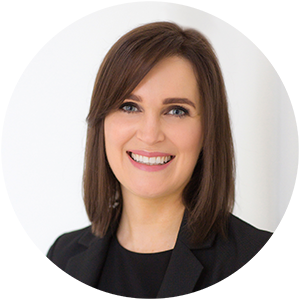Radiofrequency is a treatment that has become very popular lately, and can be a very effective and safe way to rejuvenate the skin and treat scarring and stretch marks. Read on to learn how it works, and how it differs from laser.
What exactly is radiofrequency treatment?
Radiofrequency treatments involve using radiofrequency energy to heat the dermis, the second layer of the skin. The heating of the dermis stimulates collagen contraction, and new collagen and elastin formation. This promotes skin tightening and rejuvenation, and improves the appearance of fine lines and wrinkles, skin texture, enlarged pores, scarring and stretch marks.
Many radiofrequency devices use microneedling to more effectively deliver the heat to the desired depth in the skin. The depth of skin targeted can be adjusted, depending on the condition and area of skin being treated.
What conditions can radiofrequency be used for?
Radiofrequency is used for skin tightening and rejuvenation, and to improve the appearance of fine lines and wrinkles, enlarged pores, scarring and stretch marks.
What does treatment involve?
A numbing cream is usually applied prior to treatment. Multiple treatments are usually required, several weeks apart. Redness and swelling for 1 to 3 days after treatment is expected, depending on the treatment settings.
What’s the difference between radiofrequency treatment and laser?
A key difference when comparing radiofrequency with laser treatments is that electrical energy is used, rather than light energy. When compared to laser resurfacing of the face, the recovery time tends to be shorter with radiofrequency.

